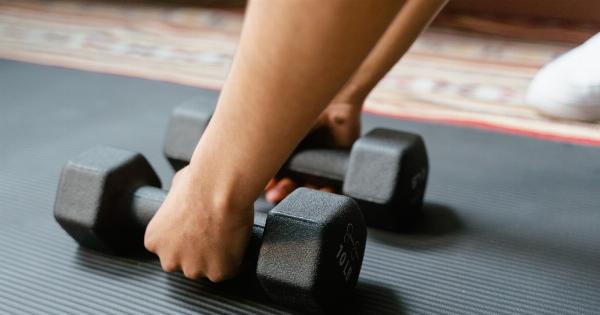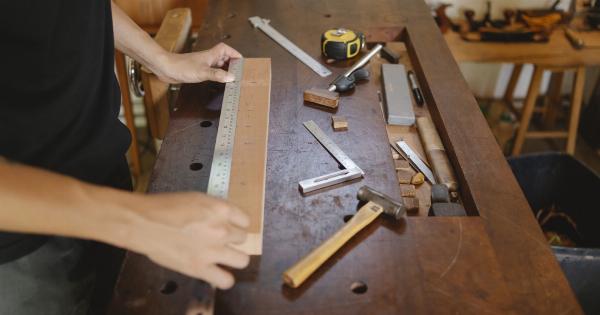Coronary artery bypass grafting (CABG) is a surgical procedure used to treat coronary heart disease (CHD), which occurs when the blood vessels that supply the heart become blocked or narrowed.
During the CABG procedure, a healthy blood vessel from another part of the body is used to bypass the blocked or narrowed coronary artery, improving blood flow to the heart. The most common types of blood vessels used for bypass conduits are veins and arteries. This article will explore the advantages and disadvantages of using arterial or venous cuttings as the bypass conduit in CABG.
Arterial Conduits
The internal mammary artery (IMA) is the most commonly used arterial conduit in CABG procedures. It is located in the chest wall and supplies blood to the front of the heart.
Another arterial conduit that is sometimes used is the radial artery, which is located in the arms and supplies blood to the hands and fingers.
Arterial conduits have several advantages over venous conduits. Firstly, arterial conduits are less likely to become blocked or narrowed over time because they are naturally more resistant to the buildup of plaque.
Secondly, arterial conduits have a longer lifespan than venous conduits, meaning that they will remain open and functional for a longer period of time after the surgery. Finally, patients who receive arterial conduits may have a lower risk of future heart problems, such as heart attacks or the need for additional bypass surgeries.
However, there are also some disadvantages to using arterial conduits.
Firstly, arterial conduits may not be suitable for every patient, especially those who have previously undergone chest surgery or have other medical conditions that may make the procedure more complicated. Secondly, arterial conduits may be more difficult to harvest and use than venous conduits, which may increase the length of the surgery and increase the risk of complications.
Finally, arterial conduits may be more expensive than venous conduits, which may be a concern for some patients.
Venous Conduits
The saphenous vein is the most commonly used venous conduit in CABG procedures. It is located in the leg and can be easily harvested and used during the surgery.
Other veins that may be used as bypass conduits include the lesser saphenous vein and the cephalic vein.
Venous conduits also have advantages and disadvantages compared to arterial conduits. Firstly, venous conduits are readily available and easy to harvest, which can reduce the length of the surgery and the risk of complications.
Secondly, venous conduits are less expensive than arterial conduits, which may be important for some patients. Finally, venous conduits may be suitable for patients who are not good candidates for arterial conduits.
However, there are also some disadvantages to using venous conduits. Firstly, venous conduits are more prone to narrowing and blockage over time, which may require additional surgeries to maintain blood flow to the heart.
Secondly, venous conduits have a shorter lifespan than arterial conduits, meaning that they may become blocked or dysfunctional sooner after the surgery. Finally, patients who receive venous conduits may have a higher risk of future heart problems, such as heart attacks or the need for additional bypass surgeries.
Conclusion
The choice between arterial and venous conduits in CABG procedures is complex and depends on several factors, including the patient’s medical history, the surgeon’s experience, and the individual characteristics of the blood vessels being used. Arterial conduits have several advantages over venous conduits, such as a lower risk of blockage and longer lifespan, but may not be suitable for every patient.
Venous conduits are easy to harvest and less expensive than arterial conduits, but may be more prone to blockage and have a shorter lifespan. Ultimately, the decision between arterial and venous conduits should be made on a case-by-case basis with input from the patient, the surgeon, and other healthcare professionals involved in the patient’s care.





























